A range of teacher professional learning programs will be developed to accompany the Biodiversity of the Western Volcanic Plains online outreach...
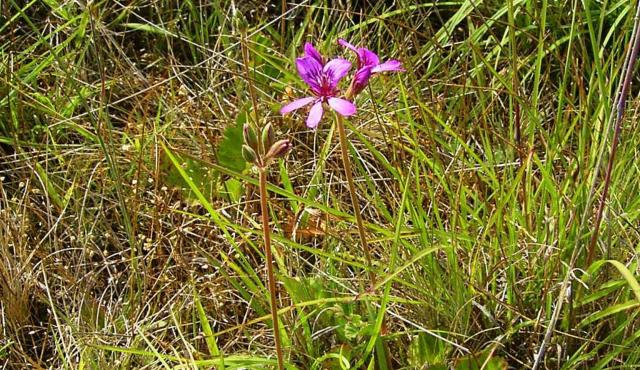
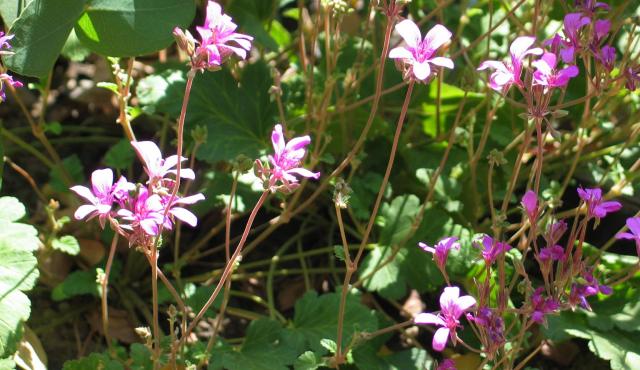
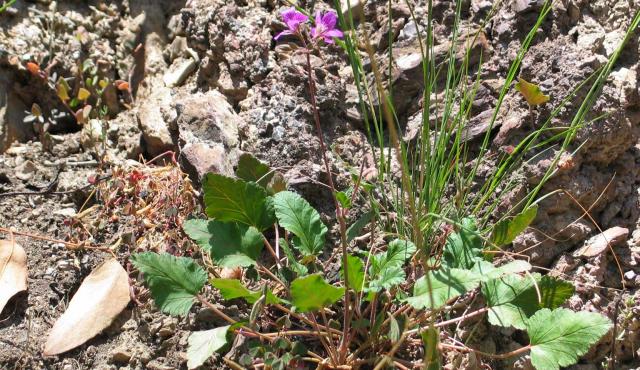
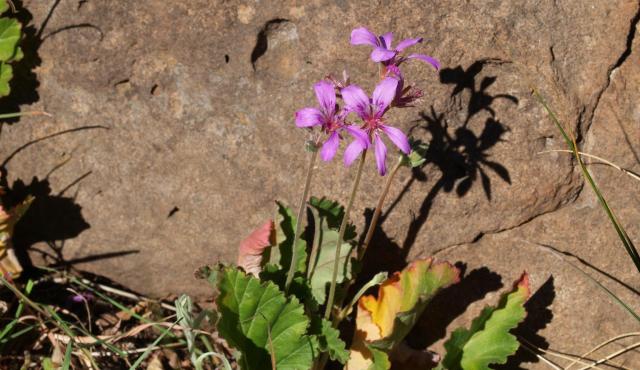
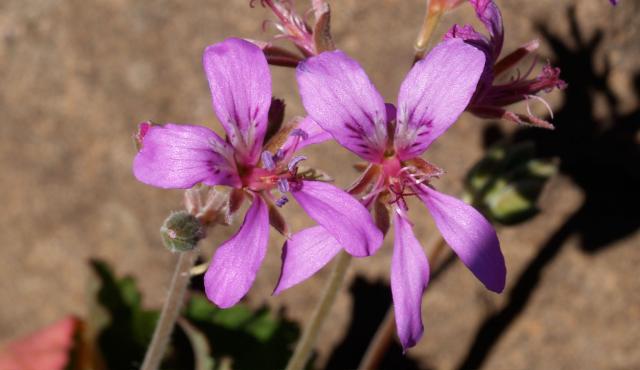
Magenta Stork’s-bill
Pelargonium rodneyanum
Perennial. Forms vertical tubers as part of its root system. Kangaroos and wombats eat the tubers during times of drought. Widespread on the Western Basalt Plains especially on stony rises and rocky stream banks.
| Details | Description |
| Type | Herb |
| Group | Geranium |
| Identifying Characteristics | |
| Distinctive Features | Five petalled magenta coloured flowers with darker veins. Wrinkly looking, geranium-like leaves. |
| Life Form Group | Herb |
| Life Form Codes | Medium Herb (MH) |
| EVC types | EVC 132_63: Low-rainfall Plains Grassland |
| Native Status | Native to Australia |
| Taxonomy | |
| Phylum | Charophyta |
| Class | Equisetopsida |
| Order | Geraniales |
| Family | Geraniaceae |
| Genus | Pelargonium |
| Species | rodneyanum |
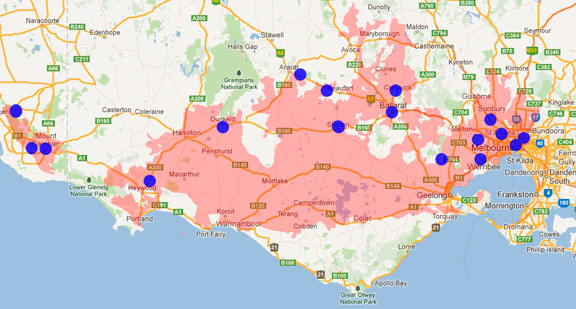
Distribution maps indicate current and historic locations where species have been sighted.
Source: Atlas of Living Australia
| Endangered Status | |
| DEPI Advisory List | Not listed |
| FFG Act | Not listed |
| EPBC Act | Not listed |
The conservation status of species is listed within Victoria and Australia.
The Department of Environment and Primary Industry (DEPI) Advisory List consists of non-statutory advisory lists of rare or threatened flora and fauna within Victoria.
The Flora and Fauna Guarantee Act 1988 (FFG Act) lists threatened species in Victoria. Under the Act, an Action Statement is produced for each listed species.
The Environment Protection and Biodiversity Conservation Act 1999 (EPBC Act) is the Australian Government’s key piece of environmental legislation, listing nationally threatened native species and ecological communities.



